The Art Nouveau style is characteristic of the late 19th and early 20th centuries. The name comes from the gallery opened by Siegfried Bing in Paris in 1895, called House of Art Nouveau. Bing, originally from Hamburg, was a connoisseur and importer of Japanese art. He became interested in Modern Art, as it was called at the time, and opened the gallery, thus imposing a new style with a new name in the arts.
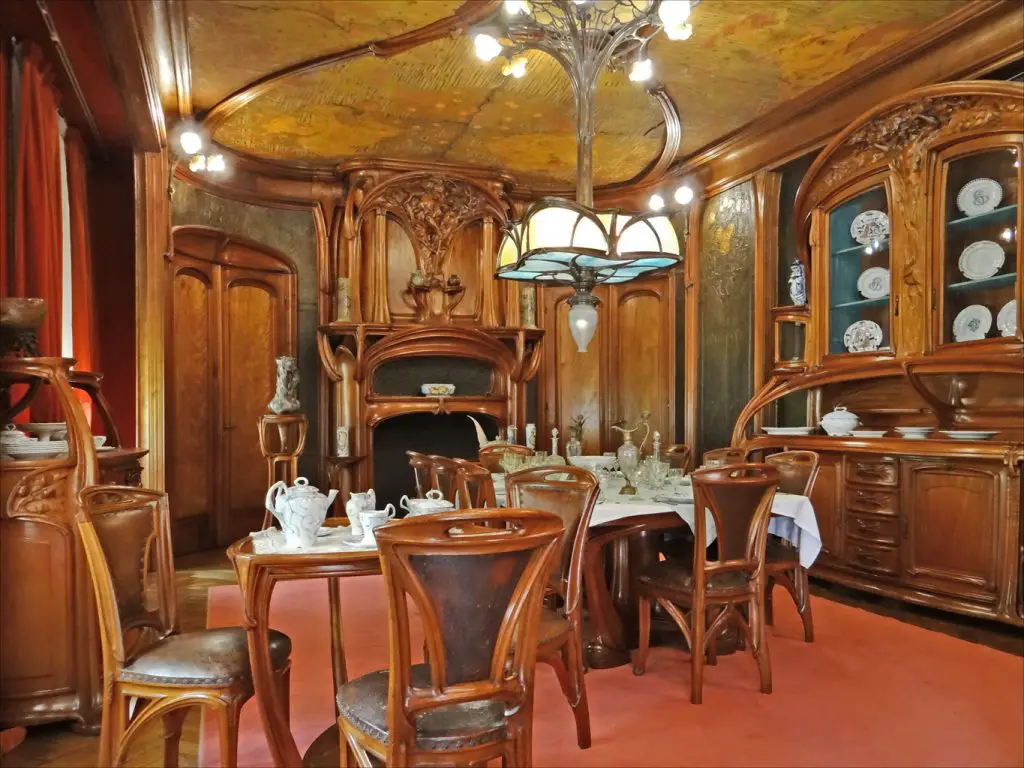
The 1900 World's Fair is when the style was officially recognized
The new style of art spread throughout Europe and the USA, initially with different names. In Germany it was called Jugendstil - young style in Italy Floral Style or Liberty, and in Spain Modernism or Modernist. Gradually, with the exception of Germany, which stuck to the original name, the rest of Europe and the USA adopted the name Art Nouveau.
Full recognition of the style came with the 1900 Paris Universal Exhibition, when Bing rented an entire pavilion for his exhibits.
The exhibition was a great success for the representatives of the new style, a success that was to be repeated in 1902 in Turin, at the First International Exhibition of Modern Decorative Art. The Liberty style was represented at the exhibition by Carlo Bugatti.
The style embraces all the arts, with several prominent representatives. Among them are Spanish architect and sculptor Antonio Gaudi, American glass ornament maker Louis Comfort Tiffany, French jewelry and glassware maker Rene Lalique, French furniture maker Louis Majorelle, Scottish architect and designer Charles Rennie Mackintosh and many others.
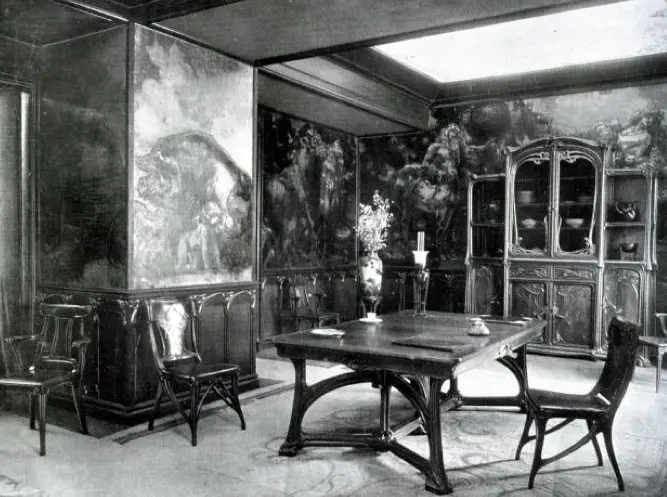
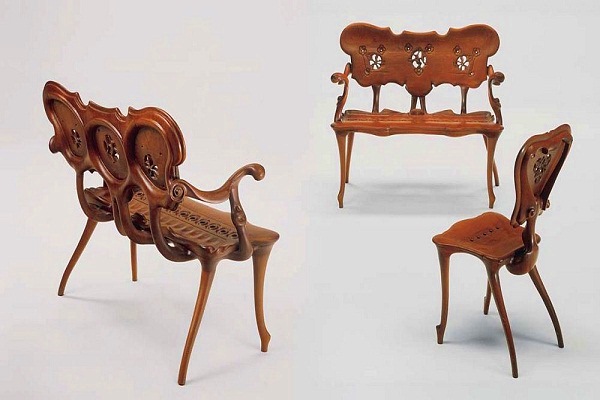
Antonio Gaudi furniture | photo source: impressivemagazine.com
Style long, delicate lines and bright, natural colors
Art Nouveau is the style of round, elongated lines drawn from nature. In fact, nature is very present, and not in stylized images or symbols, but by representing flowers, insects, birds, leaves and other parts of nature as close to reality as possible. Everything is rounded and delicate and the colors as vivid and natural as possible. Japanese prints were also a source of inspiration for artists of the period.
Art Nouveau furniture is characterized by delicate curved lines and floral motifs. The general impression is that there are no straight lines. The wood used is hardwood - oak, walnut, ash, ash, mahogany, beech - which is carefully bent into the most unusual shapes.
The colors used are mustard, olive, brown, gold, with tones and accents of lilac, red, blue, salmon. On the surface of the furniture there are representations of flowers, vine tendrils, roots, tree trunks and branches, leaves, feathers, dragonfly wings, buds, etc. There are also influences from the styles of Rococo, Gothic and Baroque.
The materials used for the upholstery are precious and with the same themes from nature. Brocade, velvet, silk or linen are used.
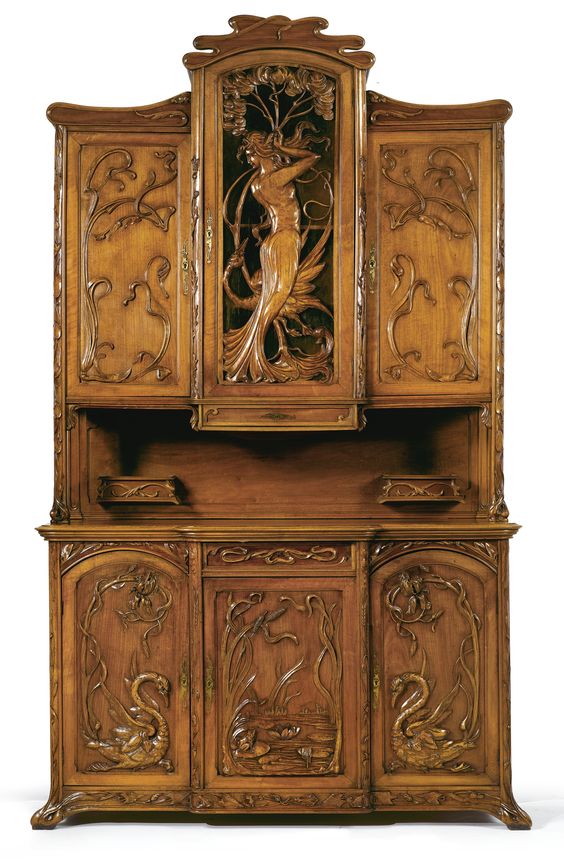
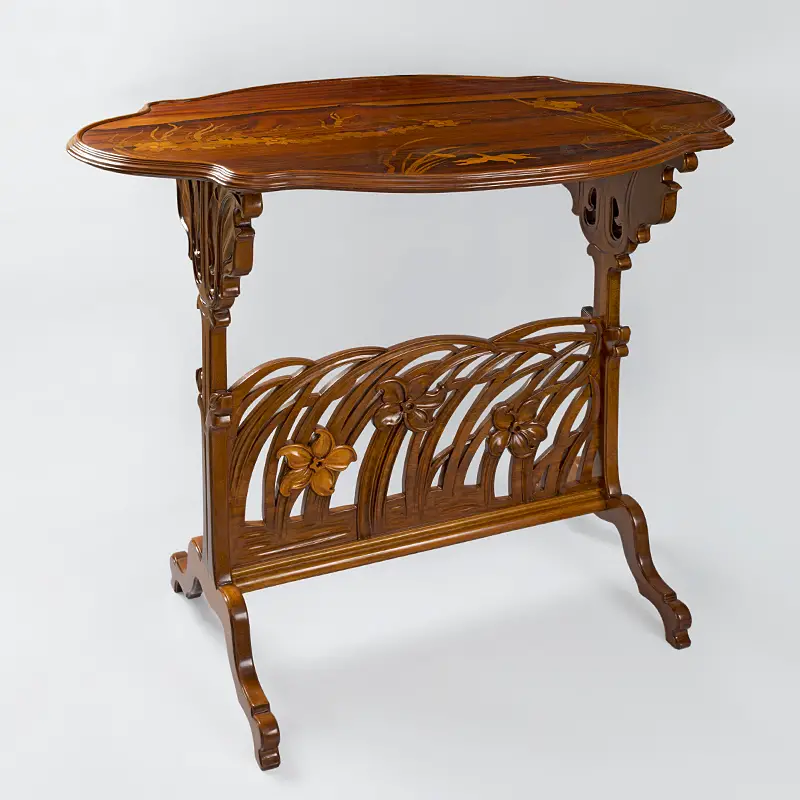
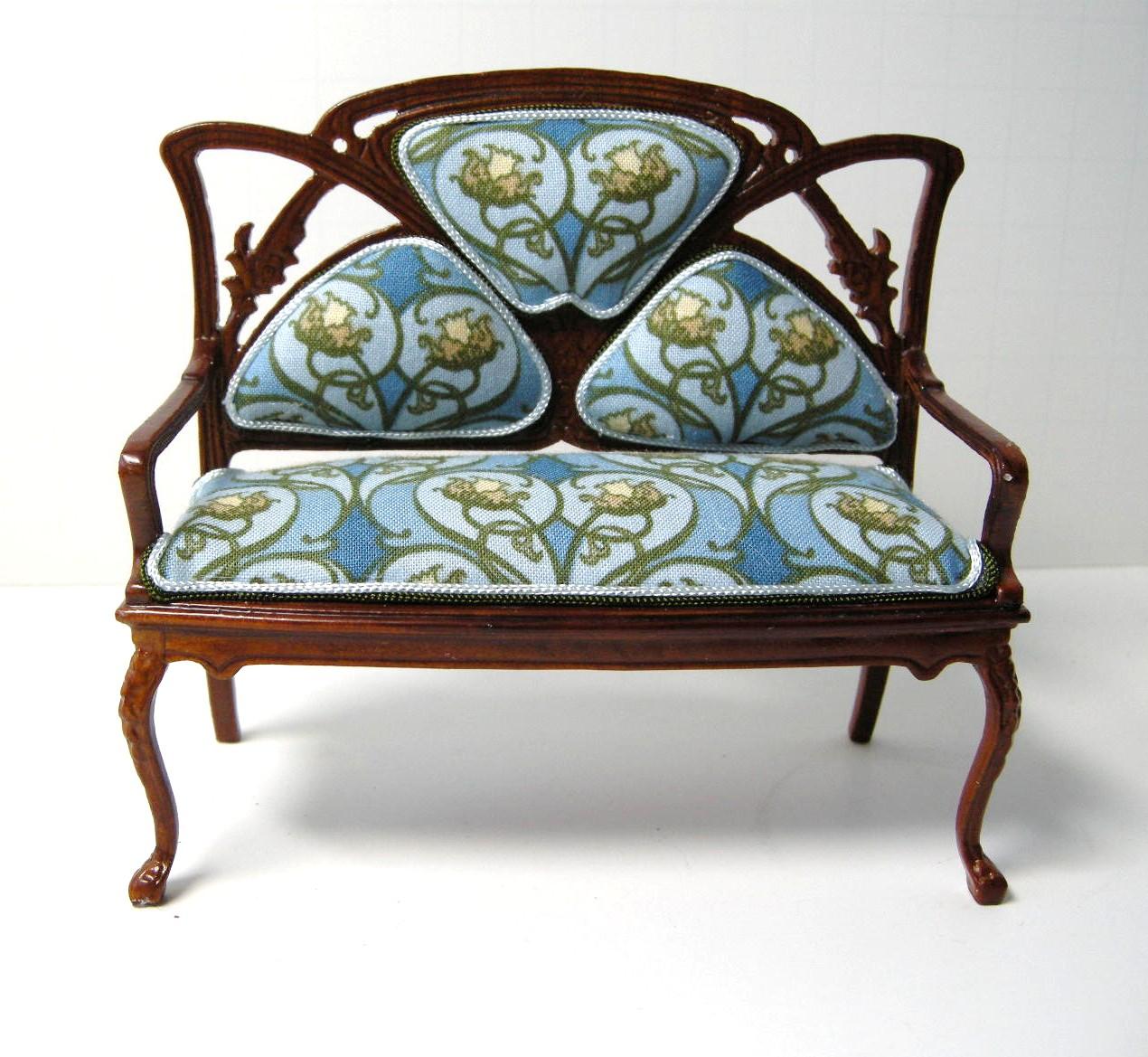
The beginning of the First World War spells the end of this bright and lively style. But in the 1960s, with the art exhibitions at modern art museums in the US, France and England, Art Nouveau was rehabilitated and gave birth to psychedelic style and the movement Flower-power.
Find here the whole series Styles in furniture.





















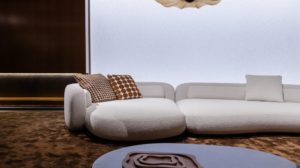

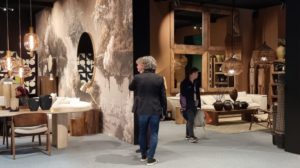


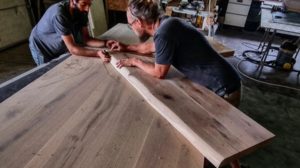






I'm learning and enjoying it! Thank you very much!
I'm glad for your joy.
Thank you too!